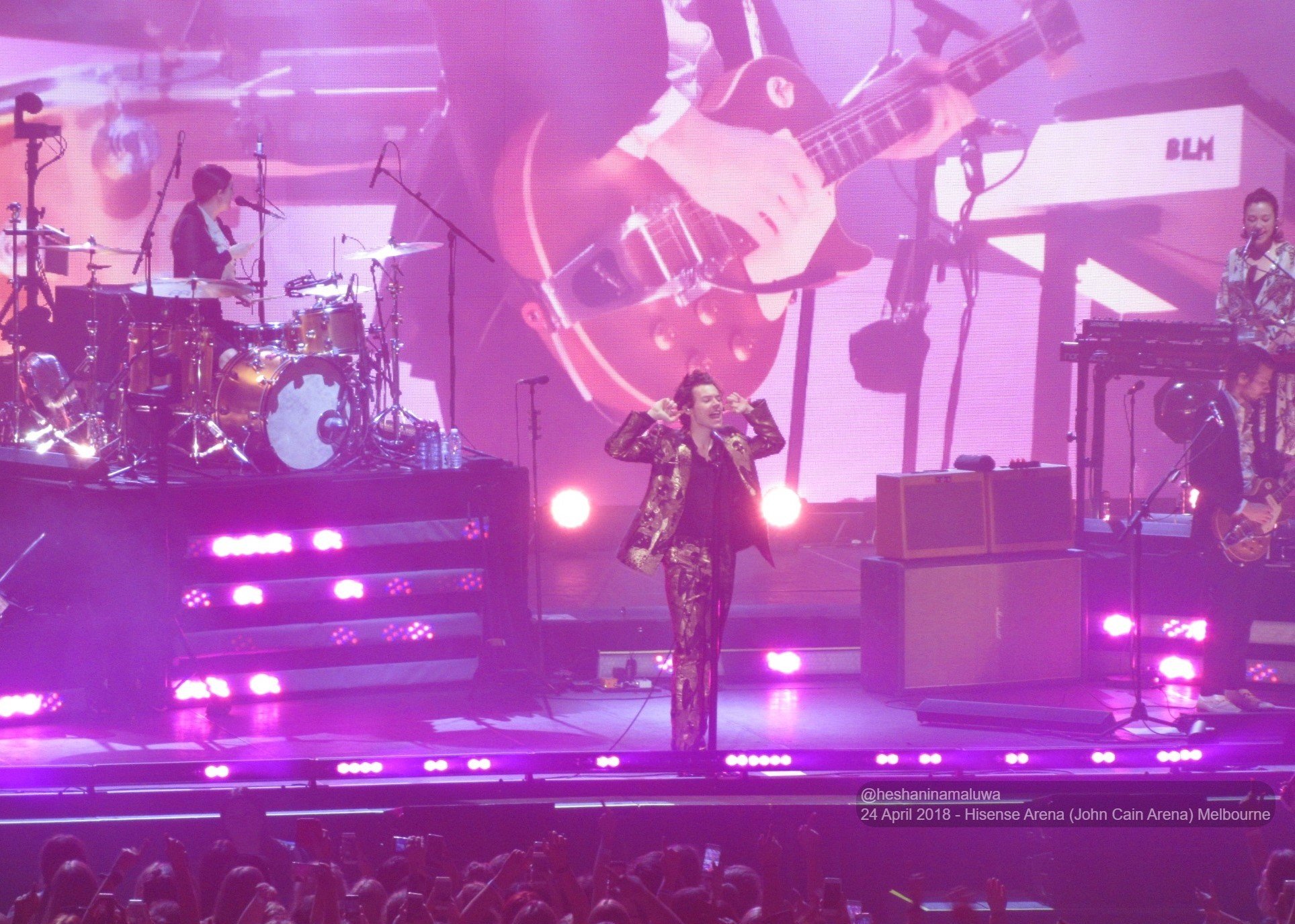
Cherishing Every Moment: What If This Is the Last Time?
Every moment holds the quiet potential to be the last — the last laugh with a friend, the last sunset in a familiar place. We rarely know when a chapter ends until it's behind us. This post is a reminder to live fully, feel deeply, and cherish the now — because the ordinary becomes extraordinary in hindsight.

Living With Intention in 2025: Owning Your Choices in a Fast-Moving World
Take ownership of your time, energy, and choices to live with more clarity and purpose in 2025

‘Avicii – I'm Tim’: What We Can Learn from His Journey
Avicii’s relentless ambition and creative genius defined his rise to global fame, but Avicii – I’m Tim reveals the toll it took on his well-being. This documentary isn’t just about his music—it’s a powerful reminder of the importance of balance, staying true to yourself, and living fully. Discover the lessons we can all take from his inspiring and cautionary story.

Why Special Ops: Lioness Season 2 Resonated With Me
Season 2 of Special Ops: Lioness is more than just action-packed drama; it’s a gripping exploration of leadership, resilience, and the complexities of balancing personal and professional life.

Progress Over Perfection: Learning to Love the Process
Ambition often pulls us between where we are and where we want to be, making it easy to lose sight of what truly matters—progress. In this post, I reflect on embracing the process, finding balance, and celebrating the small wins, one step at a time.

The Allure of Live Performance: Pop Music Concert Attendance
From the high-energy performances to the electrifying atmosphere, there's something extraordinary about attending a live pop music show that's hard to replicate anywhere else. But what is it about the live experience that makes it so irresistible?


My experience of being a graduate in the Australian Government
My experience of being a Graduate in the Australian Government

Gratitude and Perspective
Ultimately, you realise that you can choose your dreams and choose to live an incredible life and make the best of the extremely short life you have here on earth!

Engaging Young People in the Australia-US Alliance and Presenting a Policy Pitch to US Officials
Engaging Young People in the Australia-US Alliance

The Best Spontaneous Trip to Finland
My experience of travelling to Finland and how I did it all spontaneously. All the places I travelled to and the activities I did, including seeing the northern lights.